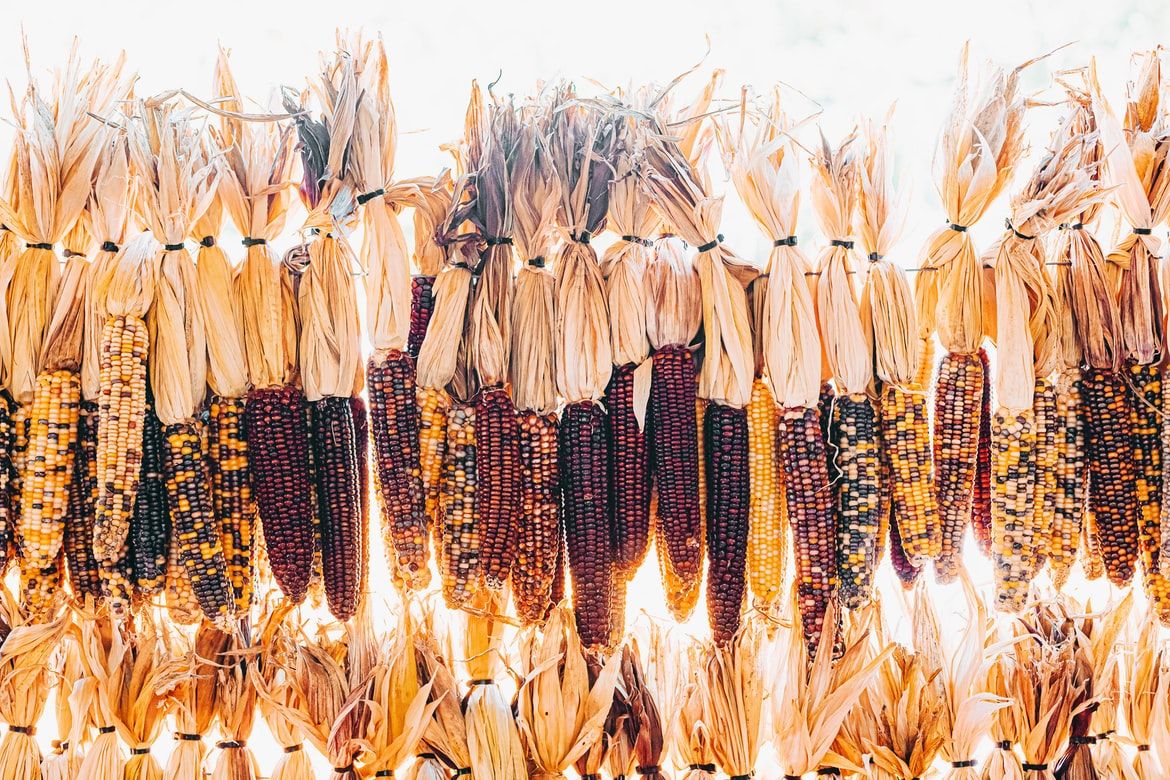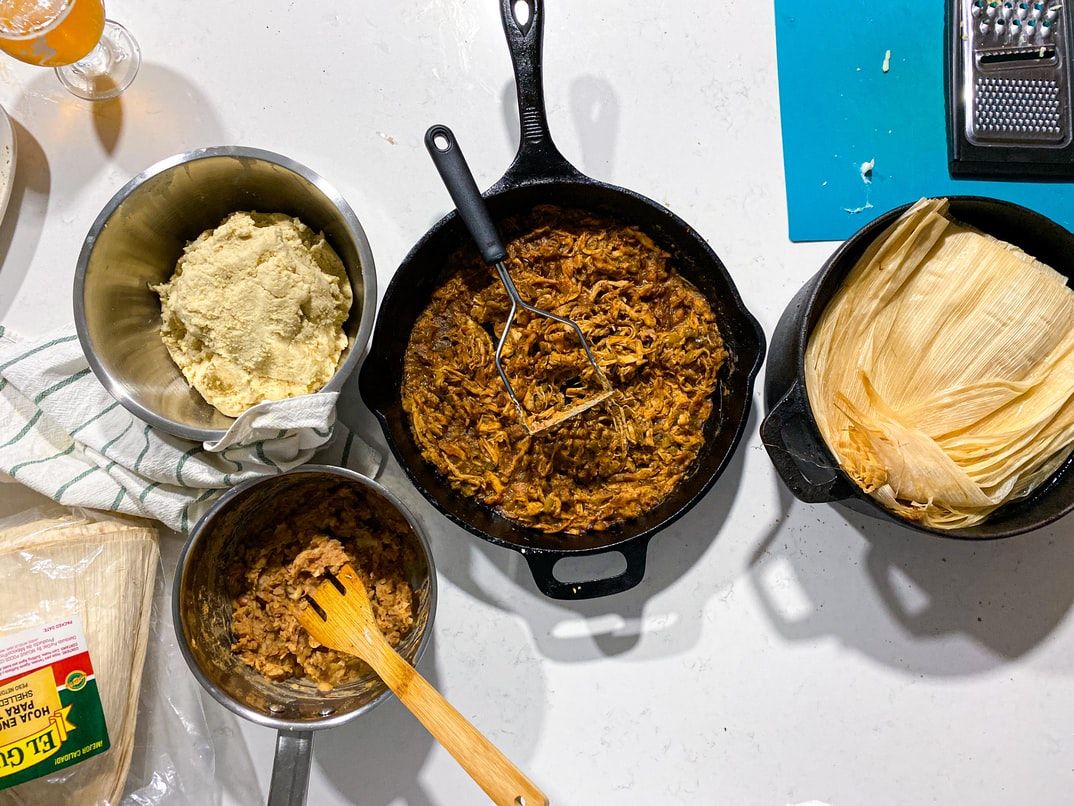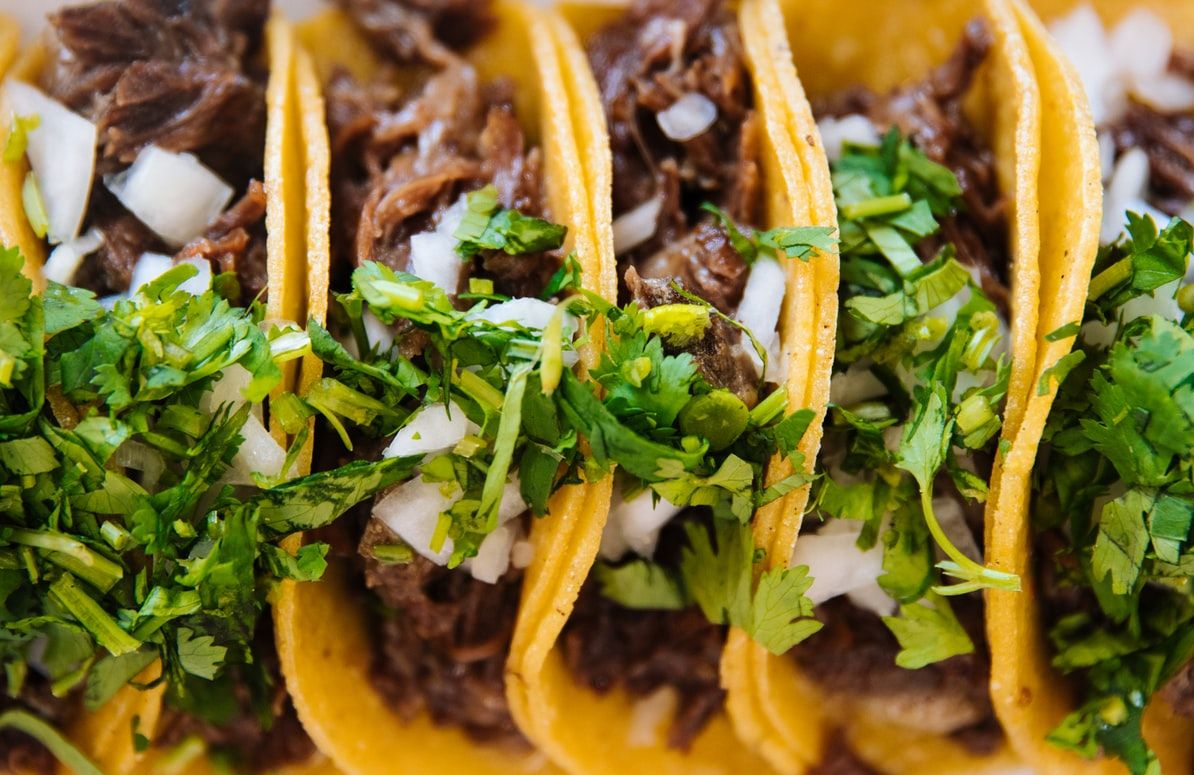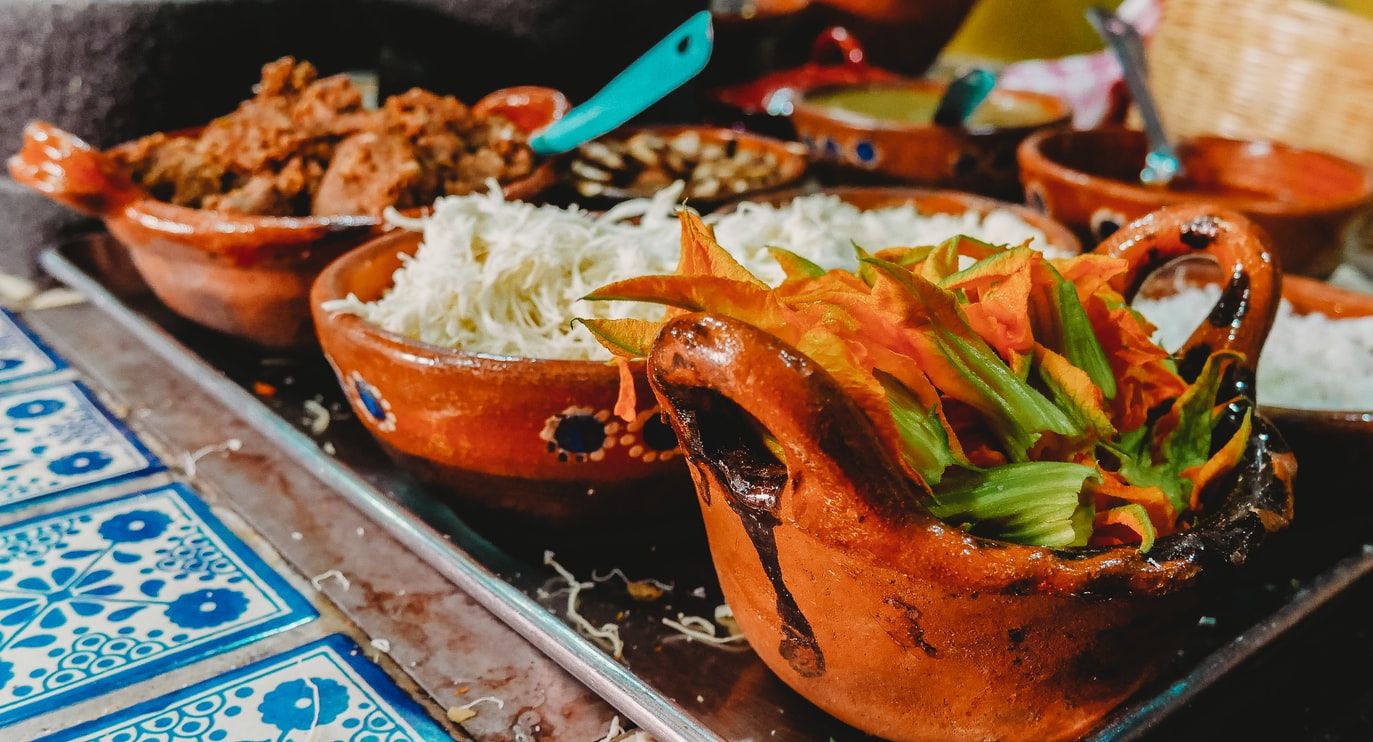Have you ever attended a Mexican fiesta, got a taste of their cultural cuisines, and ended up looking up the recipe? If you have, it’s not surprising at all because Mexico is home to some of the world’s most delicious cuisines. For instance, Chilaquiles, Huevos Rancheros, and Machaca are Mexican foods that have become worldwide superstars. But what does the world seem to love about Mexican cuisine? Let’s start at the beginning.
History of Mexican food

Mexican cuisine has an interestingly diverse history of origin, but the most popular and widely accepted claim is that authentic Mexican food may have originated from Mayan Indian roots. The indigenous people of Mesoamerica wandered around the area to hunt animals and gather plants. Maize (corn) became a common ingredient of their cuisine, and so did some wild game, fish, and tropical fruits. Mayan cuisine was still served during the rise of the Aztec Empire in the 1300s, but more ingredients were introduced, such as chili peppers, salt, honey, and chocolate. They also started domesticating some wild game like duck and turkey.
In 1521, Spain conquered Mexico. Spain introduced various livestock, such as cows, sheep, and pigs; they also brought dairy products, rice, sugar, garlic, wheat, and different herbs and spices. Mexicans learned various cooking styles and recipes using these ingredients. Spanish influence on Mexican sweets is also noticeable on alfajores, borrachitos, and churros. It is undeniable that the Spanish greatly influenced Mexican cuisine.
Historical events such as the enslavement of Africans in Spain and trade and transportation between Spain and the Philippines through Spanish sailing vessels, called Manila Galleon, also influenced Mexican cuisine.
Authentic Mexican dishes
The authentic Mexican cuisine and its fusion cuisine, Tex-Mex, share many characteristics. While both cuisines are often associated, they also have distinct attributes, making them uniquely different. Here are some examples of authentic Mexican Cuisines:
Pozole
Pozole, a traditional stew or soup, is a Mexican cuisine made from hominy (made from dried corn or maize) with meat (usually pork, but it could also be chicken). You can season and garnish pozole with shredded cabbage or lettuce, chile pepper, garlic, onion, avocado, radishes, and salsa. Since the Mesoamerican era, Pozole has become a staple across Mexico as an everyday meal or a festival dish.
Tamales

Tamales are made from the dough (masa) of nixtamalized corn steamed in a banana leaf or corn husk. Tamales are stuffed with meats, herbs, fruits, veggies, cheese, and chilies. The wrapping also traditionally serves as a plate. As a traditional Mesoamerican dish, Tamales are among the most popular Mexican foods, which eventually influenced other cultures, such as the Philippines’ Filipino Tamales.
Tacos Al Pastor

Tacos Al Pastor is a taco made from spit-grilled pork. The preparation is derived from lamb shawarma which immigrants from Lebanon brought to Mexico. The Al Pastor’s flavor palate features traditional marinade adobada, a popular street food worldwide, including in the United States.
Pescado Encarcelado (Fish Stuffed with Pico de Gallo)
Pescado Encarcelado is a flavorful whole fish stuffed with pico de gallo, preserving the fish’s natural juices. Pico de gallo is a salsa commonly used in different Mexican cuisines. It is made from chopped onions, tomatoes, serrano peppers, salt, cilantro, and lime juice.
Oaxacan Red Chile Enchiladas (Enchiladas de Chile Ajo)
Enchiladas de Chile Ajo is another famous Mexican cuisine. Enchilada is a rolled tortilla filled with meat and served with chiles. Enchiladas de Chile Ajo has a subtle sweetness from piloncillo that contrasts the mild spice of chiles and garlic.
Tex-Mex Food
Tex-Mex (Texan and Mexican) food is among the most popular fusion cuisine developed by people from Texas or Tejanos. Tex-Mex food is a localized version of Mexican foods that Texans are fond of. Most Mexican restaurants in Texas started to incorporate more ingredients preferred by Tejanos to satisfy their tastes.

In an interview on The Splendid Table, Robb Walsh, a cookbook author, explained that Tex-Mex became a legitimate American regional cuisine instead of being just purely Mexican cuisine. Walsh said Tex-Mex has been in Texas since the Spanish missions, always referred to as Mexican food. The line was drawn when food writer Diana Kennedy said in her famous book Cuisines of Mexico that the cuisine enjoyed in Texas isn’t technically Mexican food–that’s when Tejanos started calling it Tex-Mex.
Here are some examples of Tex-Mex foods:
Steak Fajitas
The Tex-Mex Steak Fajitas is served sizzling hot and is typically made with skirt steak, bell peppers, onions, salsa, fresh tortillas, guacamole, and sour cream. Alternatively, you can also make chicken fajitas or make it vegetarian.
Chilli con Carne
Chili con Carne is typically made with ground beef and chili pepper, making it spicy. To incorporate a Mexican touch, you can add paprika, hot peppers, cumin, and garlic. The more contemporary version consists of tomatoes, garlic, onions, and sometimes beans, bell peppers, coriander, and corn kernels.
Cheese Enchilada
Cheese enchilada is a rolled corn tortilla filled with cheese served on top of and covered with chili sauce. The chili gravy is a combination of Mexican chile sauce and flour-based gravy.
The main difference between authentic Mexican food and Tex-Mex food
While many people are confused with the distinction between Tex-Mex and Mexican cuisines, the preparation and ingredients of the foods make them remarkably recognizable. A La Mexicana blog post identifies four key differences in the ingredients:
Cheese
Mexican dishes typically use small amounts of white cheese (queso blanco). A dish filled with yellow cheese, such as cheddar and Monterrey, is certainly Tex-Mex cuisine!
Tortilla
Mexicans use corn tortillas, while Tejanos prefer crunchy corn shells and flour tortillas.
Beef
Texas has plenty of cattle; hence, Tex-Mex cuisines typically use ground beef on tacos, whereas traditional Mexican cuisines typically feature chicken, steak, pork, and fish.
Cumin
Tejanos commonly use cumin in their recipes, whereas Mexican dishes rarely do. Instead, Mexicans commonly use fresh herbs such as chile peppers, tarragon, and coriander.
Preparation and Serving
Tejanos may be too generous with some ingredients. As a rule of thumb, the more starch your food has, the more Tex-Mex it is. Robb Walsh also noted that people say Tex-Mex is a bastardized Mexican cuisine with “too much of everything” - from cheese and sour cream to tomatoes and chiles.
Reasons that people all over the world love Mexican food range from its versatility, widespread availability, flavors, and familiarity, thanks to various influences. Mexican cuisine is undoubtedly among the most notable dishes around the world—no wonder why it also influenced different cultures to have their versions, such as the Philippines’ tamales and adobo.
Although it also has its fair share of influence in Tex-Mex, Tejanos also incorporated their taste and made a distinct taste for the region. Nevertheless, there’s no doubt anyone will love the taste of Mexican and Tex-Mex cuisines as both are mouthwateringly delicious and have their distinct advantages.
Frequently Asked Questions (FAQs)
Is mole only Mexican?
No, mole is a sauce that originated in Mexico, but it's also popular in other Latin American countries. There are many different types of mole sauce, and each one has its own unique flavor and ingredients.
Did the Aztecs eat mole?
Yes, the Aztecs ate mole. Mole is one of Mexico's most iconic dishes and is considered a national dish. Mole is a sauce or stew that typically contains chocolate, chili peppers, and various spices. It's often served with chicken or turkey.
What is Mexico famous for?
Mexico is famous for many things, including its food, culture, and history. Mexico is known for its flavorful cuisine, which is heavily influenced by Spanish and Mayan cuisine. Some of the most popular Mexican dishes include tacos, enchiladas, burritos, and chile con carne.
Mexico is also renowned for its vibrant culture, which is celebrated in art, dance, music, and architecture. Some of the most iconic Mexican cultural landmarks include the pyramids of Teotihuacan and Chichen Itza.
Lastly, Mexico is famed for its fascinating history. The country has been home to some of the most influential civilizations globally, including the Maya and Aztec empires.
Why is Mexican food the best?
Mexican food is the best because it's an incredibly diverse and flavorful cuisine that offers something for everyone. From savory tacos to spicy enchiladas, there's just no beating Mexican food when it comes to flavor. Plus, Mexican food is usually pretty healthy, too, thanks to all those fresh veggies and protein-packed beans and meat. So if you're looking for a delicious and healthy meal option, Mexican food is the way to go!
What is Mexico's main meal of the day called?
Mexico's main meal of the day is called "comida." It is typically a three-course meal that includes a soup or salad, a main dish, and dessert. The main dish can be anything from tacos to enchiladas to burritos. One of the most popular Mexican dishes is chile relleno, a poblano pepper stuffed with cheese and then fried.
What food did the Spanish bring to Mexico?
The Spanish brought plenty of different foods to Mexico, but the tomato was one of the most significant. Tomatoes were not originally from Mexico, but they soon became popular because they are versatile and tasty (umami).
Tomatoes are a good source of vitamins A and C and potassium. They are also high in fiber, which can help with weight loss or maintaining a healthy weight. Plus, tomatoes are low in calories and easy to incorporate into your diet. Try adding them to your next salad or salsa dish!
Why does all Mexican food taste the same?
Mexican food tastes the same because it's all based on the same flavors - spicy, salty, and acidic. These flavors are common in Mexican cuisine because they're typical of the food grown and eaten in Mexico. While there are some variations in how these flavors are used from one Mexican region to another, most Mexican dishes have at least a touch of spice, salt, and acidity. And because these are such popular and well-loved flavors, it's no surprise that they show up in Mexican-American food as well. So if you're looking for a genuine Mexican flavor, head south of the border - or to an authentic Mexican restaurant here in the US.

